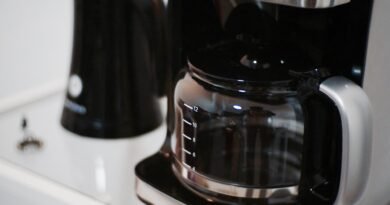6 Tips to Stop Mold Growing in Your Home
It is normal to find mold spores in a home’s indoor air and on surfaces such as clothes, walls, and furniture. Most of the time, mold spores found indoors are from outside sources. Regular housekeeping and cleaning help keep mold levels low. Cleaning small areas of visible mold, like the mold around your shower, is obligatory to maintain sanitary conditions.
When to Be Concerned
You should be more concerned when your home has a large-scale active mold growth. Such problems are most likely to happen when there’s been an ongoing water leak, flood, or excessively high levels of humidity in the home. Indoor mold growth may lead to high levels of airborne mold spores, which, in turn, can trigger the spread of mold growth from the original source to additional areas of the home with high moisture levels.
Damage Caused by Mold
Extensive mold growth will damage your home and furnishings, like carpets, sofas, and cabinets. Over time, uncontrolled mold growth can even instigate damage to structural elements of your home. While there is no practical way to eliminate all mold and mold spores in the indoor environment, keeping your home clean and dry can avert extensive mold growth and the ensuing damage.
Health Risks Associated with Mold
Damage to your home and possessions is not the only reason to be concerned with mold. Although most people are exposed to small amounts of mold or their spores on a daily basis without apparent harm, mold is an unsanitary condition that may present potential health risks to certain individuals.
Possible adverse health effects produced by molds can include allergic, irritating, or toxigenic effects, and even infections, with allergic reactions being the most common. Symptoms reported by affected people include respiratory conditions such as wheezing, difficulty breathing, and shortness of breath, sneezing and/or nasal congestion, eye and/or throat irritation, headaches, and fatigue.
Tips to Prevent Mold Growth
1. Ensure Proper Ventilation
Ensure that bathrooms, dryers, and other moisture-creating sources are vented to the outside.
2. Keep Air Vents Unblocked
Take care not to block any of your house’s air conditioning vents.
3. Use Dehumidifiers
Install dehumidifiers in basements and crawlspaces to control humidity levels.
4. Use Exhaust Fans
Use your kitchen’s exhaust fans when cooking to reduce moisture buildup.
5. Insulate Cold Surfaces
Install insulation on cold surfaces like piping, air ducts, or basement walls to lessen the possibilities of condensation.
6. Install Moisture Sensor Alarms
Install moisture sensor alarms in potential water back-up and overflow areas to alert you when a leak occurs.
Conclusion
By following these tips, you can prevent moisture from becoming a breeding ground for molds in your home. Regular maintenance and vigilance are key to keeping your home mold-free and safe for everyone.




